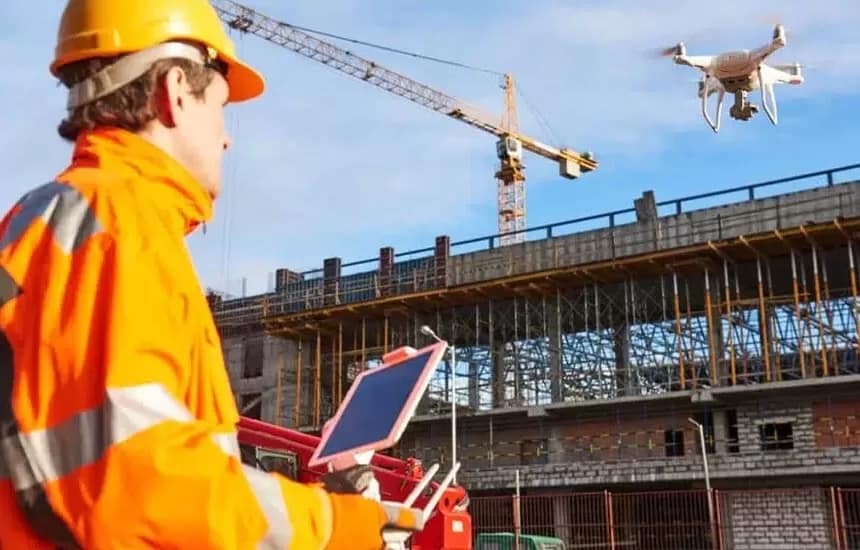
Revolutionary Building Materials Powering Modern Construction Innovation
1. Concrete:
A mixture of cement, water, aggregates (such as sand and gravel), and sometimes additives, used for its strength and durability in various construction applications.
2. Steel:
A versatile metal alloy used for structural frames, reinforcement, and other load-bearing elements due to its high strength-to-weight ratio.
3. Glass:
Used for windows, facades, and architectural features, offering transparency and natural light while contributing to the aesthetics of buildings.
4. Wood:
Employed for both structural and aesthetic purposes, wood is a renewable material that provides warmth and character to buildings.
5. Brick:
Clay-fired bricks are a traditional building material still widely used for walls, facades, and pavements.
6. Stone:
Natural stone like granite, marble, and limestone are used for both structural and decorative purposes in various parts of buildings.
7. Aluminum:
Known for its lightweight and corrosion-resistant properties, aluminum is used for windows, facades, roofing, and more.
8. Plastic/PVC:
Used for pipes, insulation, and various interior and exterior applications due to its versatility and cost-effectiveness.
9. Composite Materials:
Combining two or more materials to achieve specific properties, like fiberglass-reinforced polymers (FRP) used for strengthening structures.
10. Insulated Concrete Forms (ICFs):
These are hollow foam blocks or panels that are stacked, reinforced, and filled with concrete, providing both insulation and structure.
11. Fiber Cement:
A durable material made from a mixture of cement, sand, and cellulose fibers, used for siding, roofing, and other applications.
12. Prefabricated Panels:
Factory-made panels that can include a variety of materials, offering quick and efficient construction solutions.
13. Ceramics:
Used for tiles, cladding, and decorative elements due to their durability and aesthetic possibilities.
14. Plasterboard/Drywall:
Used for interior walls and ceilings, providing a smooth surface for finishing and decoration.
15. Carbon Fiber:
High-strength, lightweight material used for strengthening and reinforcing structures.
16. Rubber:
Used for roofing, flooring, and insulation due to its durability and elasticity.
17. Polycarbonate:
Transparent material used for skylights, roofing, and other applications requiring lightweight and impact-resistant properties.
18. Rammed Earth:
A sustainable construction method where a mixture of earth, gravel, clay, and sometimes cement is compacted to form load-bearing walls.
19. Bamboo:
A renewable resource used for its strength and flexibility in various construction elements.
20. Recycled Materials:
Increasingly, construction incorporates recycled materials like reclaimed wood, recycled glass, and recycled metal to enhance sustainability





